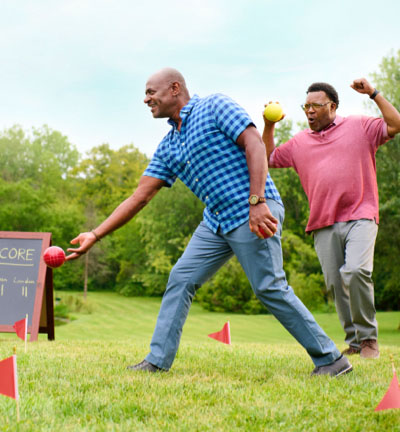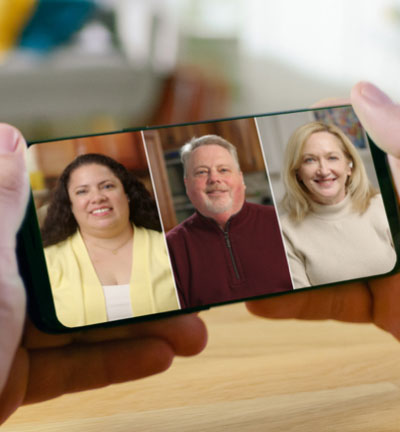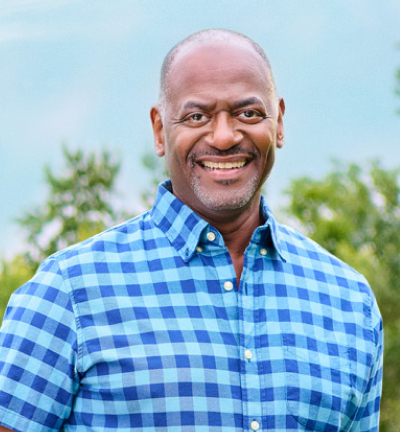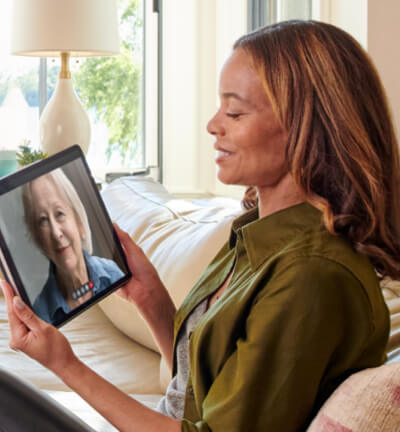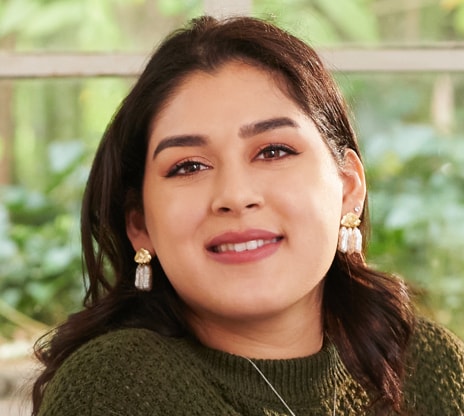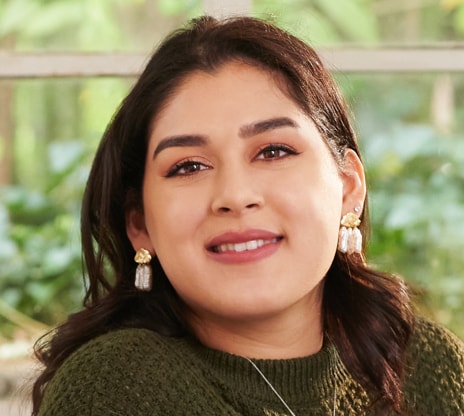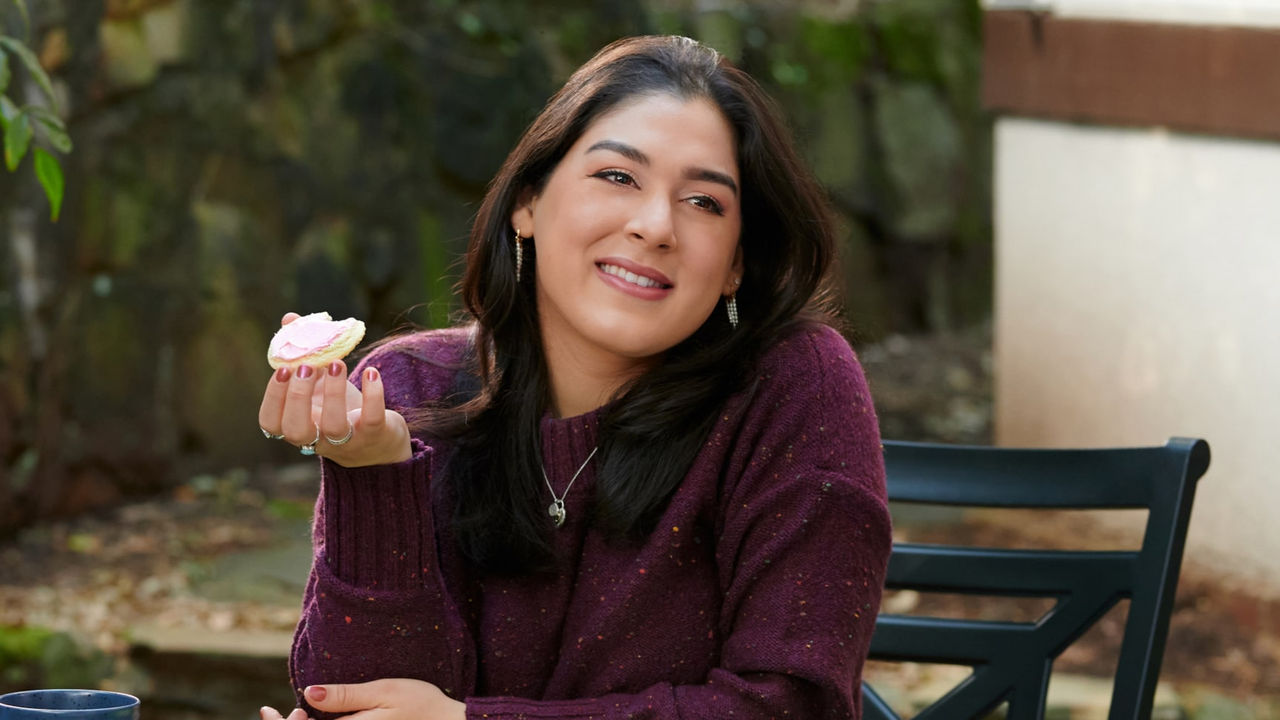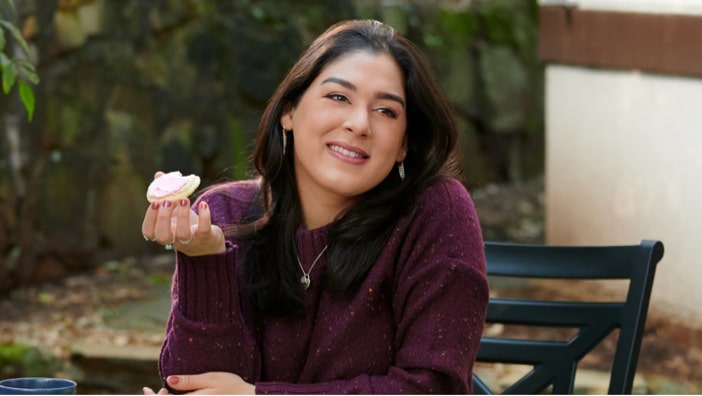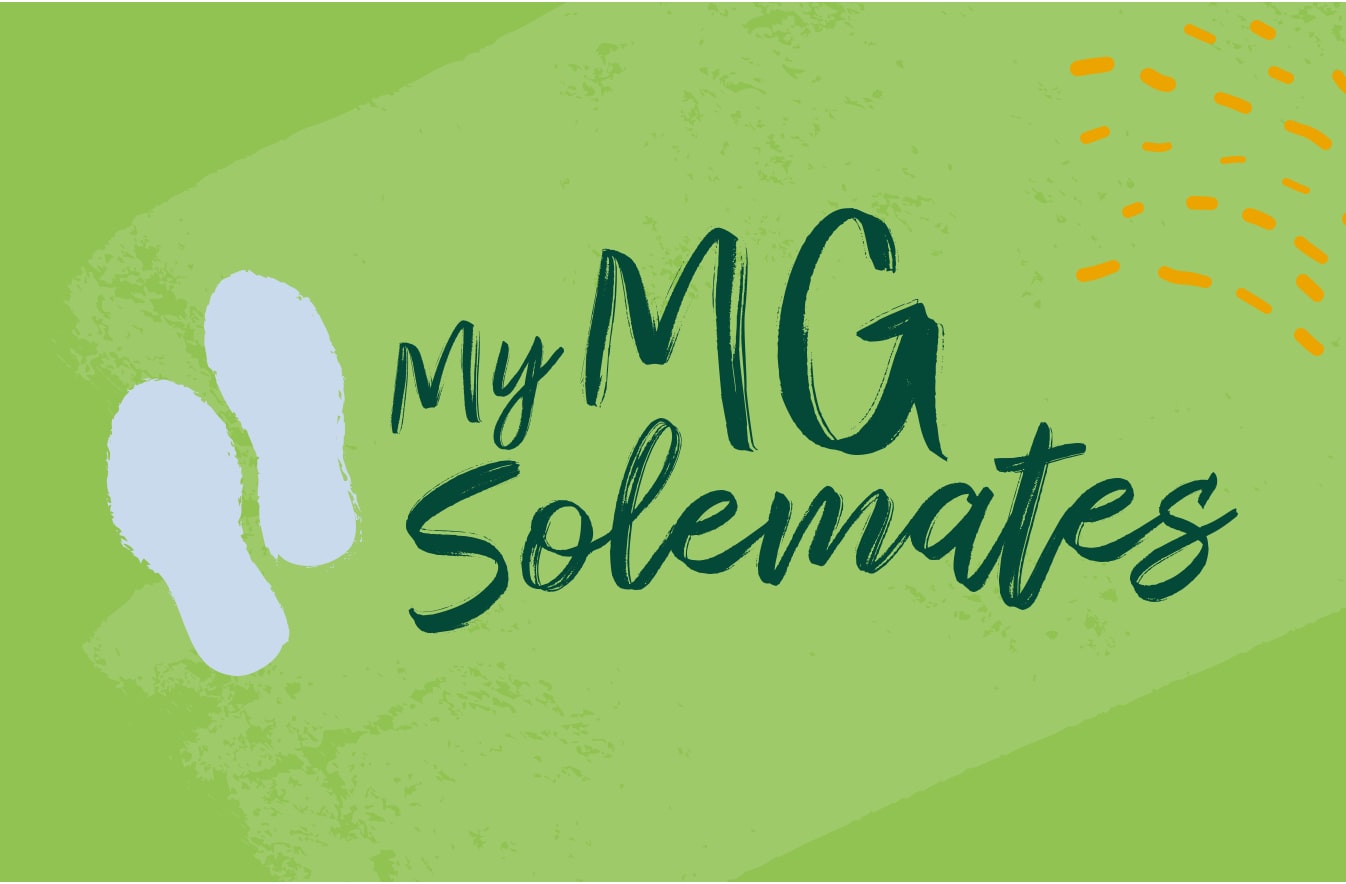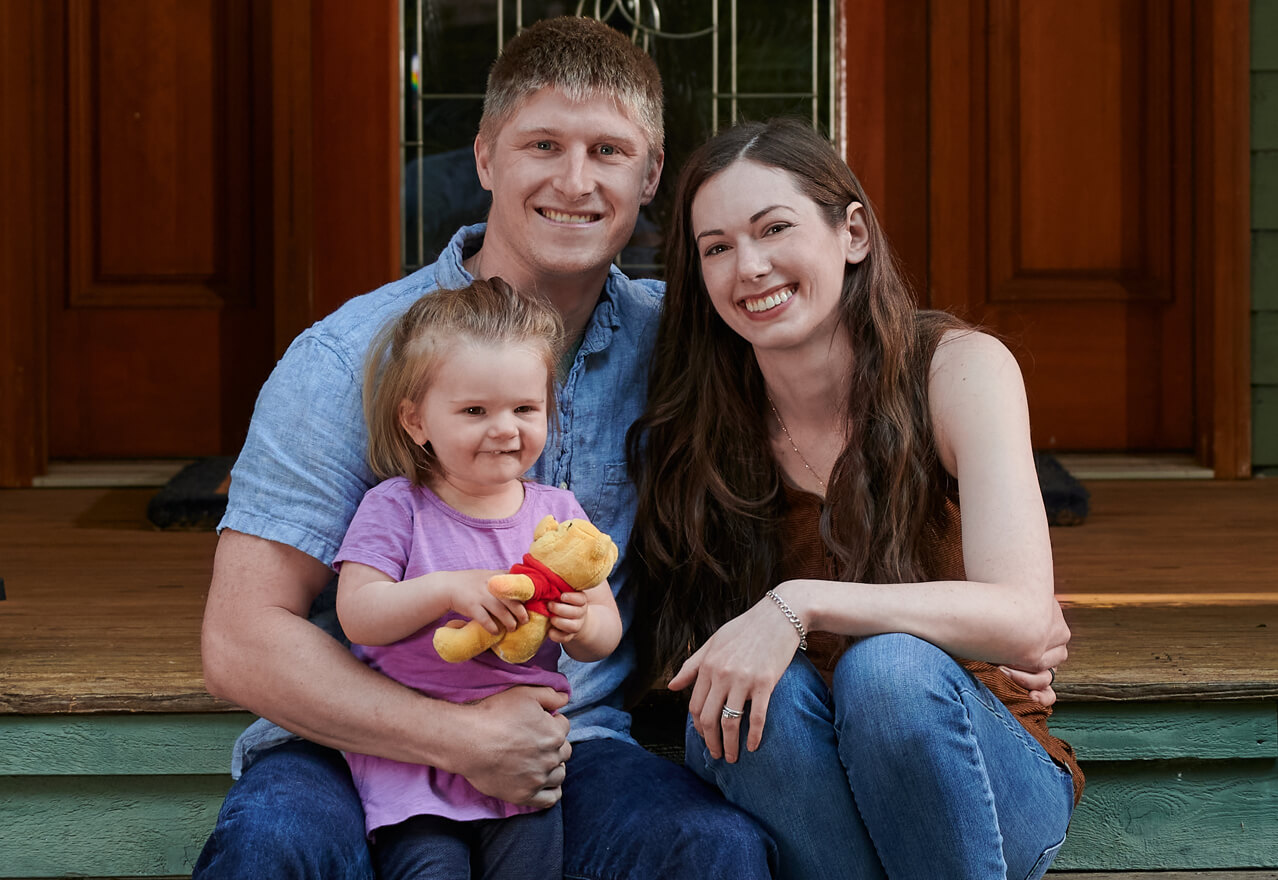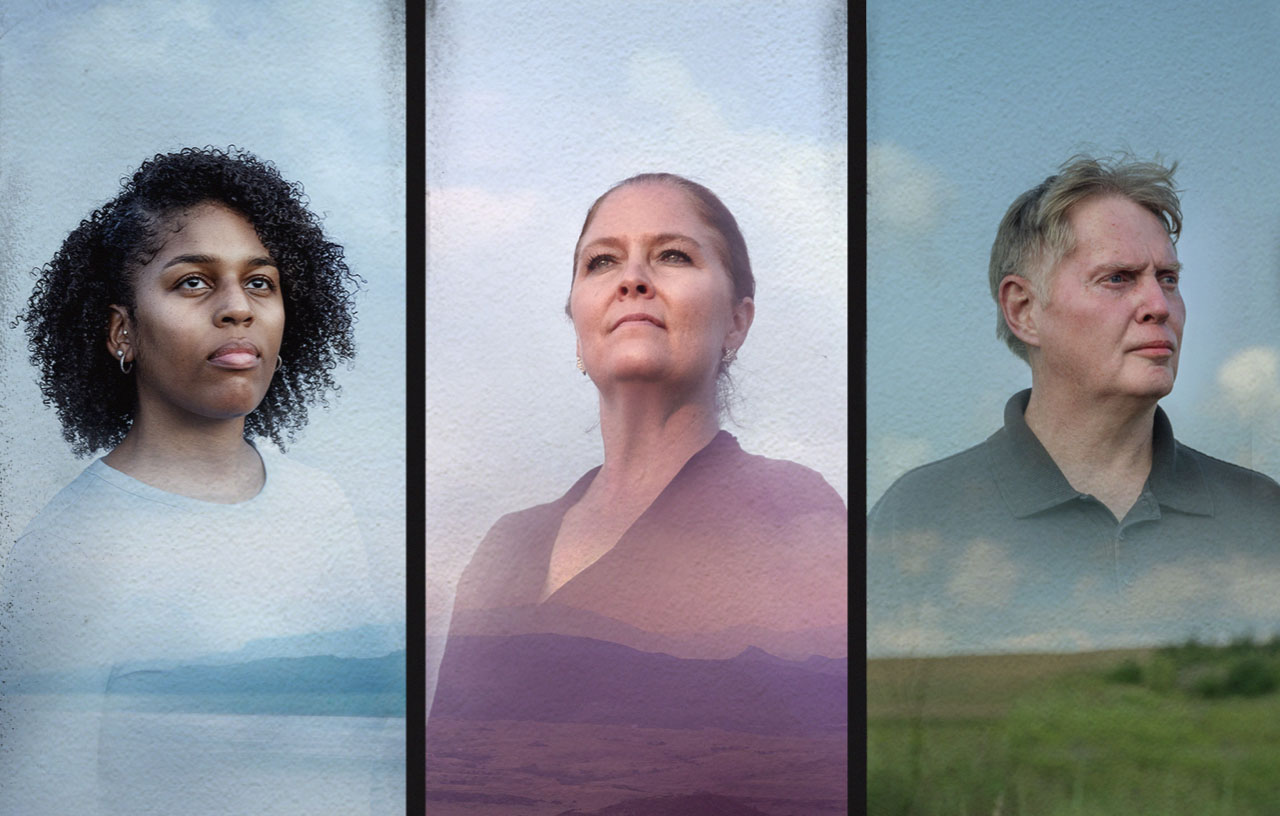A determined nursing student deals with being diagnosed with MG as the COVID-19 pandemic swings into full force.
What happens when your whole life changes while the whole world is changing around you? In March 2020, Caitlin found out.
Caitlin was studying to be a nurse and living the life of so many early twenty-somethings finishing their college years. She enjoyed exercising and stayed busy through her involvement in the Reserve Officer Training Corps (ROTC), classwork and a job at a local grocery store.
On the last night of a spring break trip to Mexico with her girlfriends in early March, the group posed for a picture together. Despite having a good time, Caitlin struggled to smile. It felt forced and unnatural. Throughout dinner, her mind raced. She racked her brain for why she could be physically struggling to smile. The only diagnosis she could come up with was a mild stroke, but that didn’t seem right.
Caitlin and her friends returned from their trip just as the US began locking down to prevent the spread of COVID-19. While the rest of the world increasingly became obsessed with the growing pandemic, Caitlin coped as best she could with her own mysterious illness.
As she got used to attending classes virtually, Caitlin started experiencing more symptoms. Her hands were jittery as she tried to complete schoolwork. It increasingly became difficult to chew and swallow, so Caitlin adopted a diet of soft foods that were easier to get down. She began slurring her words when she tried to speak. She recorded herself to hear what it sounded like and in case she needed to share it with her doctor. Even brushing her hair became challenging.
After a demanding shift at work, Caitlin felt weak as she walked to her car. With a headache and blurred vision, she carefully made her way home.
“It was getting too big. Too much,” she recalled. “I had to talk to my doctor.”
It was getting too big. Too much. I had to talk to my doctor.
Due to pandemic precautions, Caitlin had a virtual appointment with her doctor where she explained her symptoms. Her doctor listened attentively and ordered some tests. The two-week wait for the test results to come back was agonizing. The night before she received her results, she was restless.
“I went to bed that night, and I knew something was wrong,” Caitlin remembered.
On April 1, as if part of a not-funny April Fool’s Day joke, Caitlin received her official diagnosis—she had myasthenia gravis. A neurologist who was also on the call said she needed to get to the hospital as a precaution.
Caitlin’s parents took her to the hospital, but due to COVID-19 precautions, they weren’t allowed to be in the room with her. So, Caitlin sat alone in her hospital room, searching the internet for information about MG. Her medical training helped her better understand much of what she read, but she was still scared and confused. She wondered how she could have gone from being such a healthy, active person, regularly scoring 90 percent or higher on the physical fitness tests for ROTC, to someone who could barely chew her food or brush her hair.
Having nowhere else to turn, she reached out on social media. She posted a message in a Facebook group for people with MG, asking for support, and it flooded in. A community she had just joined 24 hours earlier completely accepted her and gave her the support she needed. Caitlin leaned on her newfound community as she came to grips with her diagnosis.
“I felt all the stages of grief. Denial at first, then depression and anger. I bargained. And in the end, acceptance, even optimism,” Caitlin explained. “I felt them all in those first two weeks.”
Caitlin started the treatment her doctors recommended and was released from the hospital a few days later. She moved in with her parents and was able to complete her final semester of school successfully.
As she began to look for a nursing job, Caitlin found herself with limited options. Most nursing positions would require her to work with COVID-19 patients. But she was concerned about being high risk for COVID-19, due to being immunocompromised at the time. Ultimately, Caitlin got her first job as an oncology nurse.
“I had to think strategically about the patients that I could help,” she recalled.
Prior to her diagnosis, Caitlin had dreams about military service and possibly a master’s degree. But now she says she’s focusing on shorter-term goals and taking things day by day. Having finished school and found her first job, Caitlin has her sights set on completing her first full year as a nurse successfully and building rapport with her colleagues and patients. She is still weighing a master’s degree and is considering moving into care coordination and management at some point as opposed to continuing with bedside responsibilities.
Even as Caitlin starts to dream of the future again, she wants to stay in the present, taking each day as it comes.
“I think more in the short term now,” she said. “I wake up each morning hoping for a good day.”
When she is having a good day with MG, she takes advantage of it by staying active. On days when her myasthenia gravis symptoms are more pronounced, she rests and takes it easy. When she can’t do something she wants to physically, she takes care of herself mentally. She has found that something as simple as enjoying the latest album by one of her favorite artists can help her on days when her MG is acting up.
When people hear Caitlin’s story, they are often surprised at her temperament and that she doesn’t seem angry or bitter. Caitlin says this is an active choice. She says she chooses to put hope and inspiration into the world around her. She wants to give others the kind of encouragement and support that she received when she first posted about her myasthenia gravis diagnosis while sitting alone in a hospital room in the middle of a pandemic.
“With everything that’s gone on this year, I’m more aware of the importance of having a care team that listens to you and believes you,” Caitlin said. “I also realize that anyone can get this type of chronic condition. You get thrown a curveball. How you choose to move forward with that is up to you.”


